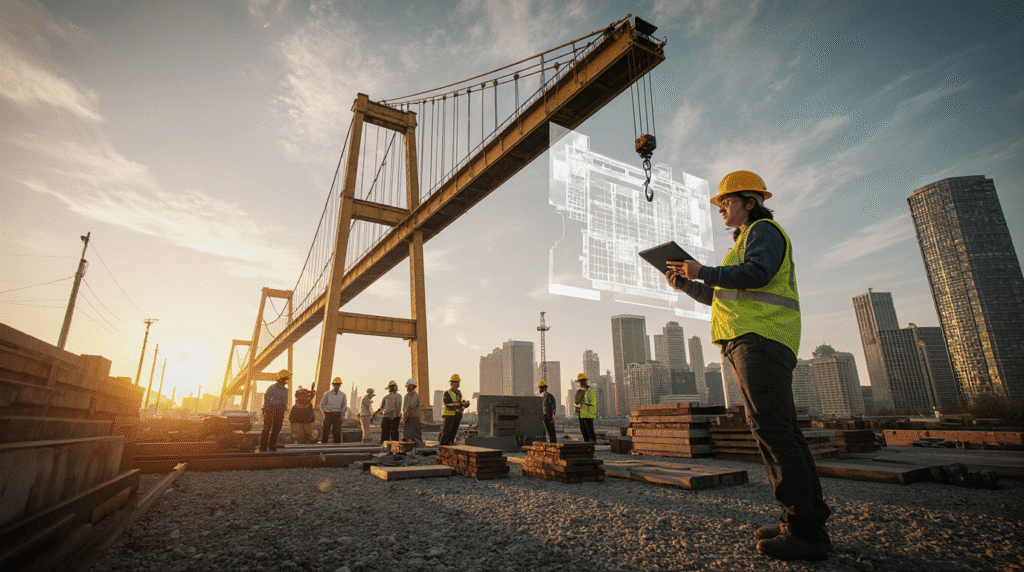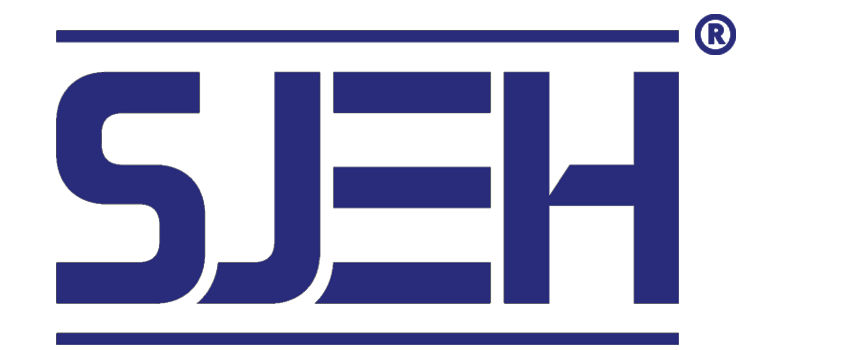The year 2025 finds the construction industry in a state of cautious optimism. After several years of unprecedented and often chaotic cost escalation, the rate of increase is finally showing signs of easing. Yet, this moderation should not be mistaken for stability. The industry remains a powerful and sensitive barometer of global and domestic economic forces, and while the pace of cost growth may have slowed, it continues to be a significant and often unpredictable factor in every project’s journey. From the smallest residential build to the largest infrastructure megaproject, understanding these dynamics is paramount for success.

The Global Pulse: Geopolitical and Economic Headwinds
Construction costs are no longer dictated purely by local market conditions. In our interconnected world, a geopolitical event on one continent can send ripple effects through supply chains, impacting prices thousands of miles away.
- Lingering Supply Chain Fragility: While the worst of the pandemic-era supply chain disruptions are in the rearview mirror, fragility remains a key concern. Geopolitical tensions, trade disputes, and the imposition of new tariffs are creating bottlenecks and uncertainty. For instance, new tariffs on key materials like steel, aluminum, and even specialized electrical components from major global producers are forcing contractors to re-evaluate their sourcing strategies, often leading to increased costs. This uncertainty means that while the rate of cost increases might be slowing, the risk of a sudden spike remains a very real threat.
- Volatile Energy and Commodity Prices: The cost of energy is a fundamental driver of construction expenses. The manufacturing of materials like cement, steel, and plastics is incredibly energy-intensive, as is the transportation of these goods to sites. Ongoing volatility in global energy markets, driven by geopolitical conflicts and production decisions, directly influences the cost of doing business. While prices have stabilized somewhat, the potential for a sudden surge in oil or natural gas prices is a constant risk that could quickly reverse the trend of moderating cost inflation.
- Global Economic Outlook: The overall health of the global economy also sets the tone. As of mid-2025, various regions are experiencing different economic climates. Some, like parts of the Middle East and India, are seeing strong growth, which fuels demand and can drive up costs. Others, particularly in parts of Europe and the Asia-Pacific region, are experiencing a slowdown, which can temper demand but also create new challenges related to investment and credit availability. This mixed global picture means that while overall cost escalation may be easing, it is far from uniform and remains a key risk factor for international projects.
Also Read: NZ Building Consent Explained: A Homeowner’s Guide
The Domestic Engine: Labor, Demand, and Policy
While global forces set the stage, domestic factors are the ones that most directly influence the day-to-day realities of the construction industry. In 2025, several key domestic trends are shaping the economic outlook for construction firms.
- The Persistent Skilled Labor Shortage: This remains one of the most critical and enduring challenges facing the industry in many developed nations, including the U.S., UK, Australia, and New Zealand. Despite a slight moderation in overall construction activity in some sectors, the demand for skilled tradespeople carpenters, electricians, plumbers is still outstripping supply. This persistent labor shortage exerts upward pressure on wages, and these rising labor costs are a significant component of a project’s overall budget. In some regions, this shortage is so acute that it not only drives up costs but also extends project timelines, leading to a cascade of further financial and scheduling issues.
- Robust Public Sector Investment: Despite a cooling in some private residential and commercial markets, public sector spending on infrastructure projects remains a powerful driver of construction activity. Government initiatives to upgrade roads, bridges, public transit, and utilities provide a stable pipeline of work. This sustained demand, particularly in large-scale infrastructure, keeps the market competitive for resources, labor, and materials, which in turn helps to maintain elevated cost levels even as private sector demand fluctuates.
- Inflationary Pressures and Interest Rates: While headline inflation has eased in many economies from its recent peaks, it still remains above pre-pandemic levels. This translates into a higher baseline for the cost of goods and services. For the construction industry, this impacts everything from the price of a bag of cement to the cost of fuel for equipment. Simultaneously, interest rates, though projected to ease in some regions, remain higher than in previous years. This makes project financing more expensive, which can tighten profit margins and cause some developers to delay or cancel projects.
- Regulatory Changes and Sustainability Mandates: The increasing focus on sustainable construction and net-zero targets is also influencing costs. While these changes are vital for the environment, the adoption of new, often more expensive, green building materials, and the need to meet stricter energy efficiency standards can increase initial project costs. As governments introduce new regulations and incentives, the industry must adapt, and this transition period can be a source of additional cost and complexity.
Navigating the Future: Strategies for a Volatile Environment
The key to succeeding in this new economic climate is not to simply accept cost escalation but to proactively manage and mitigate its effects. Firms that are thriving in 2025 are those that have embraced strategic, forward-thinking approaches.
- Proactive Risk Management and Contingency Planning: The days of assuming a fixed price are over. Savvy contractors and developers are now incorporating robust risk management and contingency planning into every project. This includes allocating a larger budget for unforeseen cost increases and using technology to track project performance against these contingencies in real time.
- Strategic Procurement and Supply Chain Diversification: To combat the unpredictability of tariffs and supply chain issues, firms are rethinking their procurement strategies. This involves building relationships with a diverse network of suppliers, both domestic and international, and exploring the benefits of long-term supply agreements to lock in prices. For critical materials, some firms are even moving away from just-in-time delivery models and maintaining a strategic buffer of inventory to guard against sudden shortages.
- Leveraging Technology for Predictive Analytics: The vast amount of data now available to the industry is a powerful tool. Companies are using predictive analytics and AI in construction to forecast material price trends, anticipate labor needs, and identify potential project risks before they materialize. This data-driven approach allows for more accurate bidding, better budget management, and more informed decision-making.
- Value Engineering and Alternative Materials: When a primary material becomes too expensive, the ability to pivot is critical. Project teams are increasingly engaged in value engineering a process of finding cost-effective alternative solutions without compromising quality or functionality. This includes exploring a wider range of materials, such as bio-based composites or engineered timber, that may be less susceptible to global price volatility.
- Investing in Workforce Development: Companies that invest in training and retention of their workforce are better positioned to weather the storm of rising labor costs. A well-trained and loyal team is more productive, less prone to errors, and provides a competitive advantage in a tight labor market.
Conclusion: Resilient and Adaptive
The narrative for construction costs in 2025 is one of easing pressure, not complete relief. While the blistering pace of escalation has slowed, the underlying forces of global geopolitics, domestic labor shortages, and sustained demand ensure that costs will remain a significant factor. For the construction industry, this is not a time to relax, but a moment to refine and strengthen. By embracing a proactive, data-driven, and adaptive mindset, and by building resilience into every facet of their operations, firms can not only navigate the challenges of the current economic climate but also position themselves for long-term success, transforming volatility from a threat into an opportunity for innovation and strategic growth.
